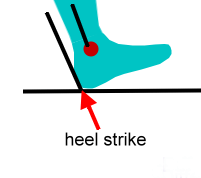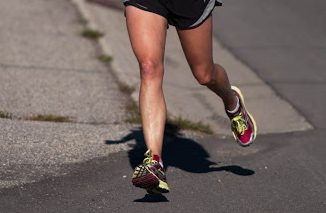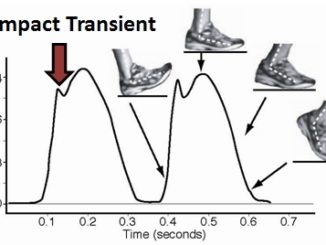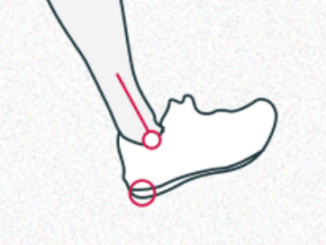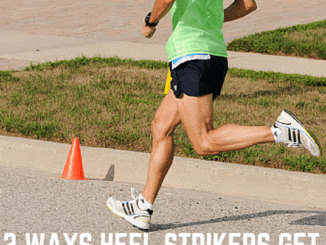
2 Major Ways Heel Strike Running Causes Major Injury
There are two mechanical components of heel strike running that were consistently found to produce an array of impacts that reach a level of an injury of which thick cushioned running shoes were also found to provide no benefit for impact reduction. In order to get more positive results in running, heel striking must be avoided altogether, and a forefoot strike must be employed because its the only method proven to reliably reduce brake and loading time, while making the entire system more energy efficient.

